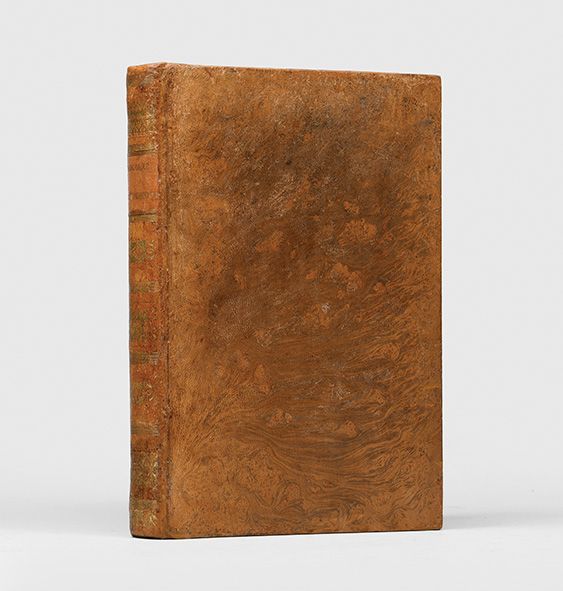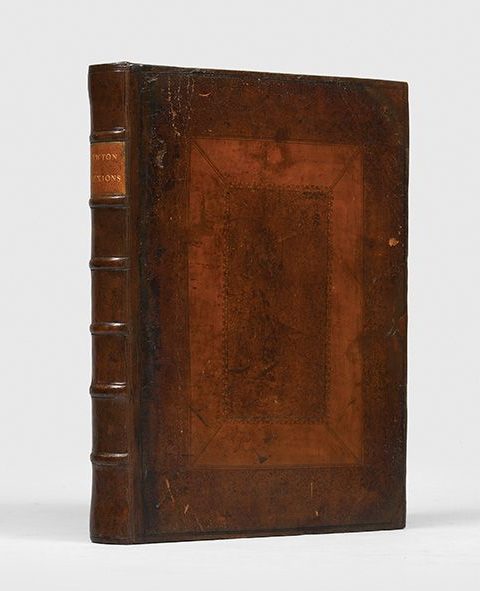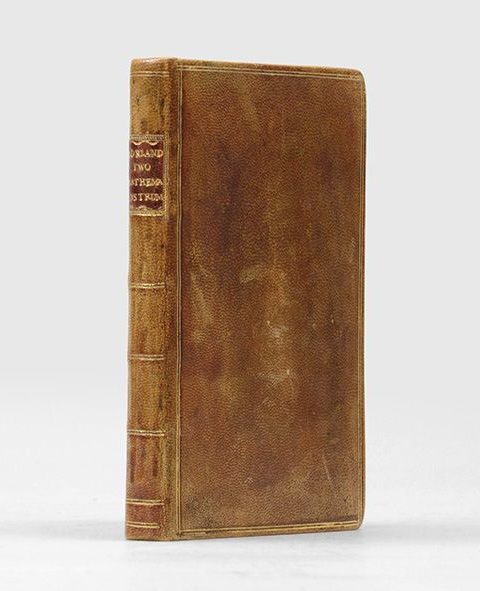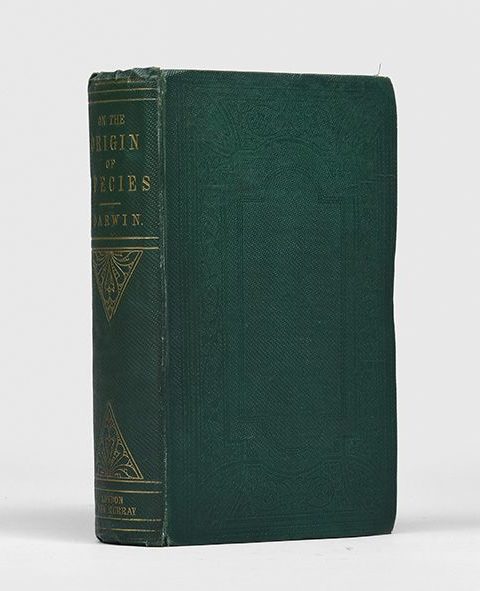Full original title: “In quibus stellarum et fixarum et erraticarum motus, ex veteribus atque recentibus observationibus, restituit hic autor. Praeterea tabulas expeditas luculentasque addidit, ex quibus eosdem motus ad quoduis tempus mathematum studiosus facillime calculare poterit. Item, de libris revolutionum Nicolai Copernici narratio prima, per M. Georgium Ioachimum Rheticum ad D. Ioan. Schonerum scripta”.
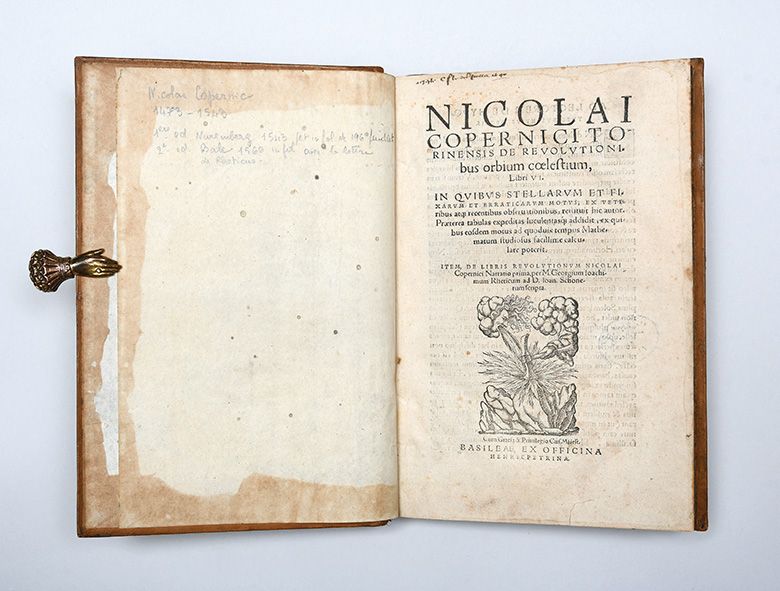
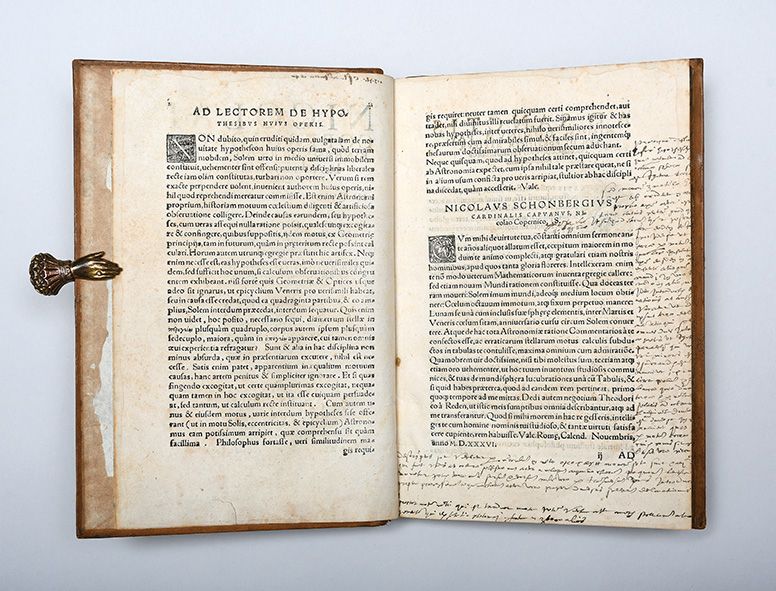
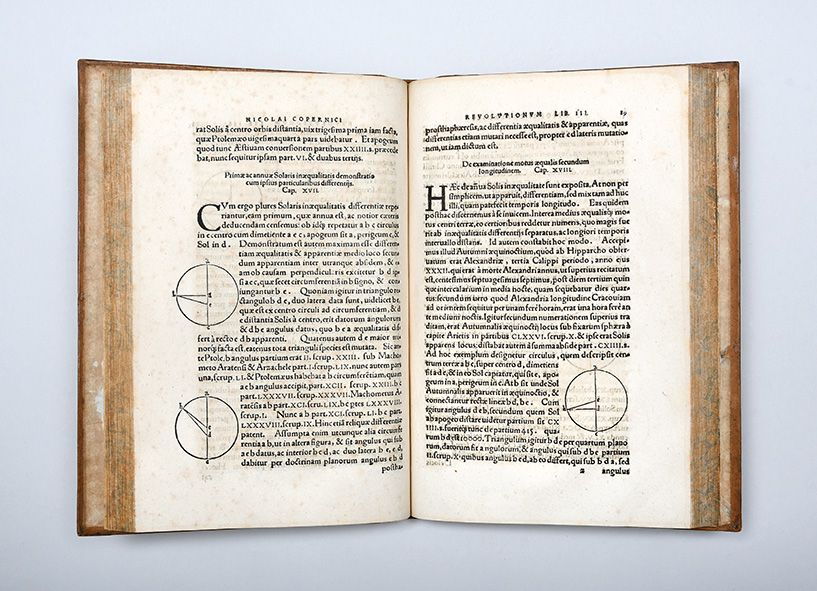
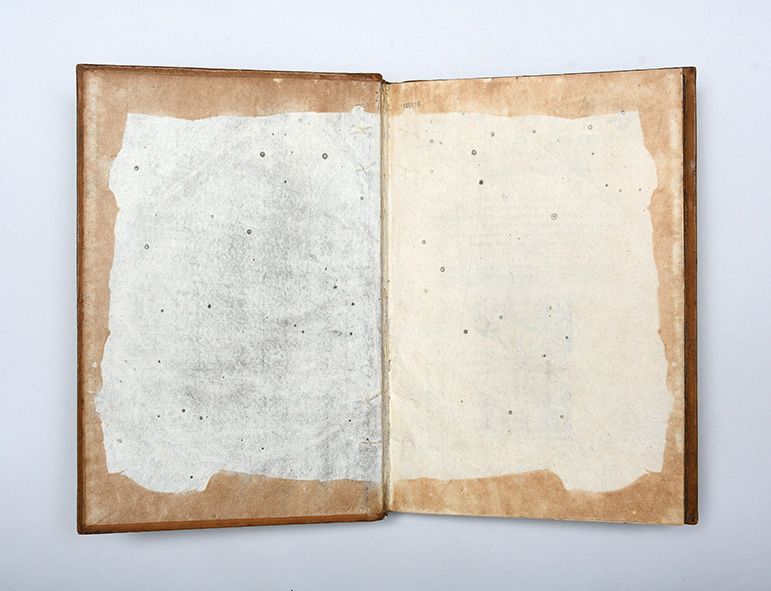
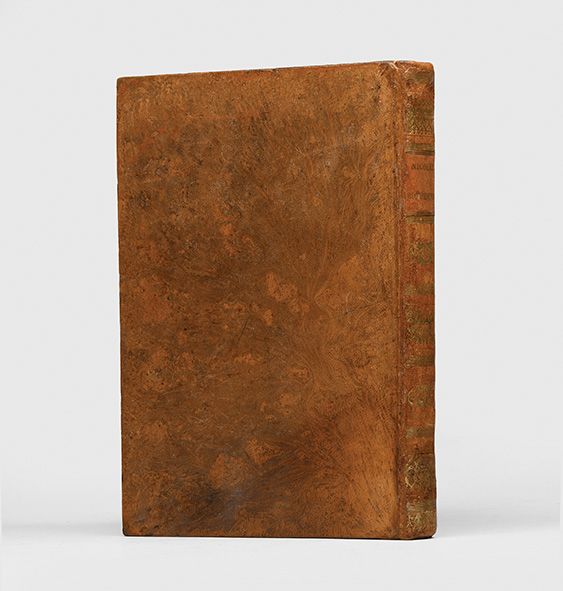
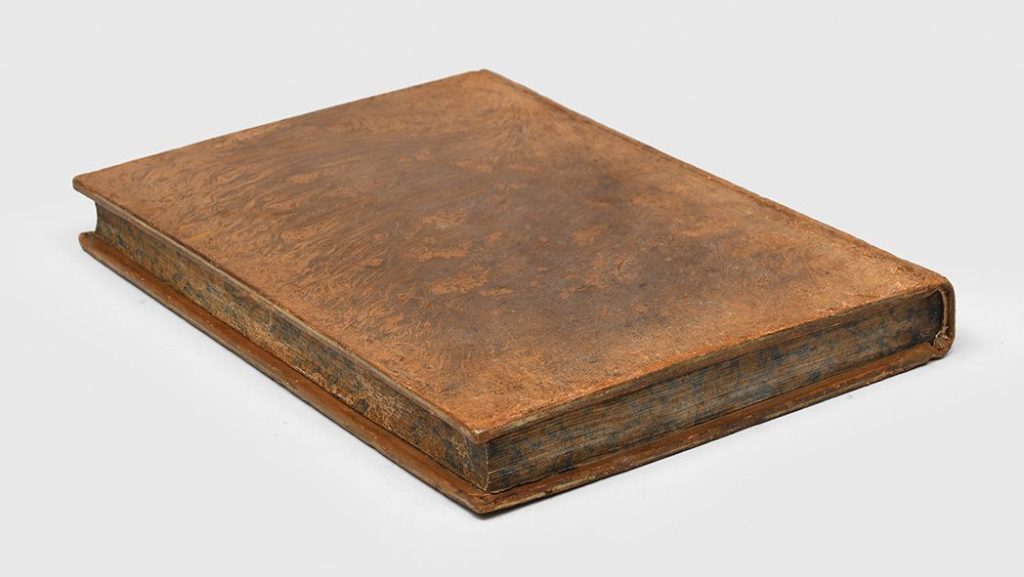
$185,000
Notes
Second edition of Copernicus’s revolutionary work (Basel: Ex Officina Henricpetrina, 1566), first published in 1543. This edition adds Rheticus’s Narratio prima, the first printed exposition of Copernican theory, in which Rheticus introduces the concepts of his mentor’s heliocentric model. The Narratio prima was published separately in 1540 and was not included in the first edition of De revolutionibus.
Although it proved to be the most important scientific work published in the 16th century and a “landmark in human thought” (PMM), De revolutionibus orbium coelestium, Libri VI (“Six books concerning the revolutions of the heavenly orbs”) was not widely recognised at first. Copernicus had delayed publication of his major astronomical work since its completion in 1530 and only allowed it to be published in the year of his death. Its publication was due to the prompting of the young mathematician and astronomer, Georg Joachim Rheticus (1514-1574), who was Copernicus’s only pupil and the chief advocate of his teacher’s new theory. Rheticus persuaded Copernicus to allow him to publish the Narratio prima to test the waters. This is its third appearance in print, following the first of 1540 and a pirated edition printed at Basel in 1541. Already familiar with the scientific publishing of Johann Petreius at Nuremberg, Rheticus delivered Copernicus’s manuscript to Petreius in 1542 and acted as the book’s editor and proof-reader.
The second edition of De revolutionibus was published in Basel in the famousREAD MORE
Description
Small folio (271 x 184 mm). 19th-century tree sheep, smooth spine with red label and elaborate gilt tooling, marbled edges.
Woodcut printer’s device on title page, text diagrams, initials; final leaf present (recto blank, verso with variant of same printer’s device). Printed with Roman type, with occasional Greek.
Contemporary purchase note in French at head of title page, early marginal notes in Latin annotating the address to Cardinal Nicholas Schonberg on second leaf, subsequently trimmed. Binding judiciously refurbished, joints and board edges expertly repaired, presenting smartly; endpapers browned from turn-ins and lightly spotted, oval ink stamp sometime washed from title page still faintly visible to right of printer’s device, contents generally crisp with sporadic browning and spotting, pale damp stain at fore edges of gathering A, two short closed tears (title leaf and rear free endpaper), and a tiny wormtrack in upper margins of last three gatherings. Overall a very well-preserved copy in a handsome binding.
Adams C-2603; Cinti 48; Gingerich, An Annotated Census of Copernicus’ De Revolutionibus, p. 206; Houzeau & Lancaster 2503; see Printing and the Mind of Man 70 for the first edition.

